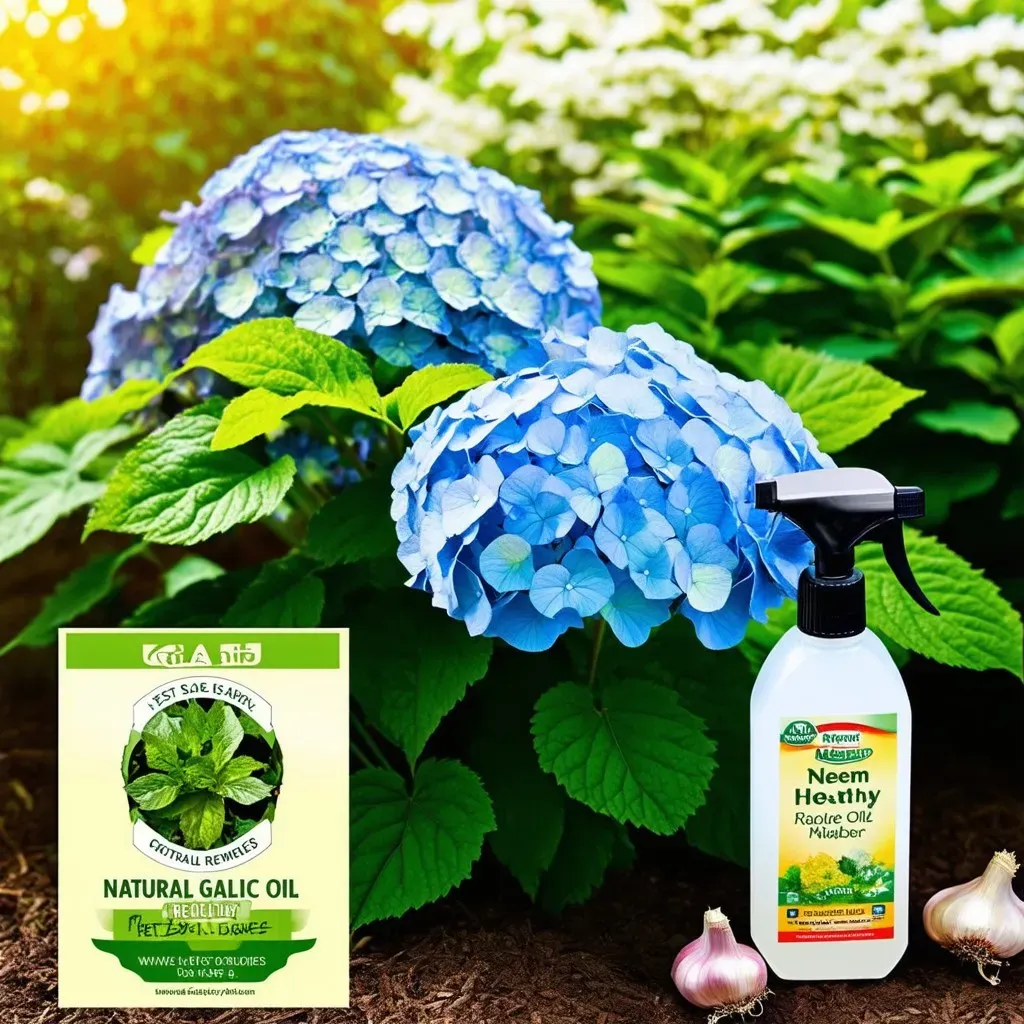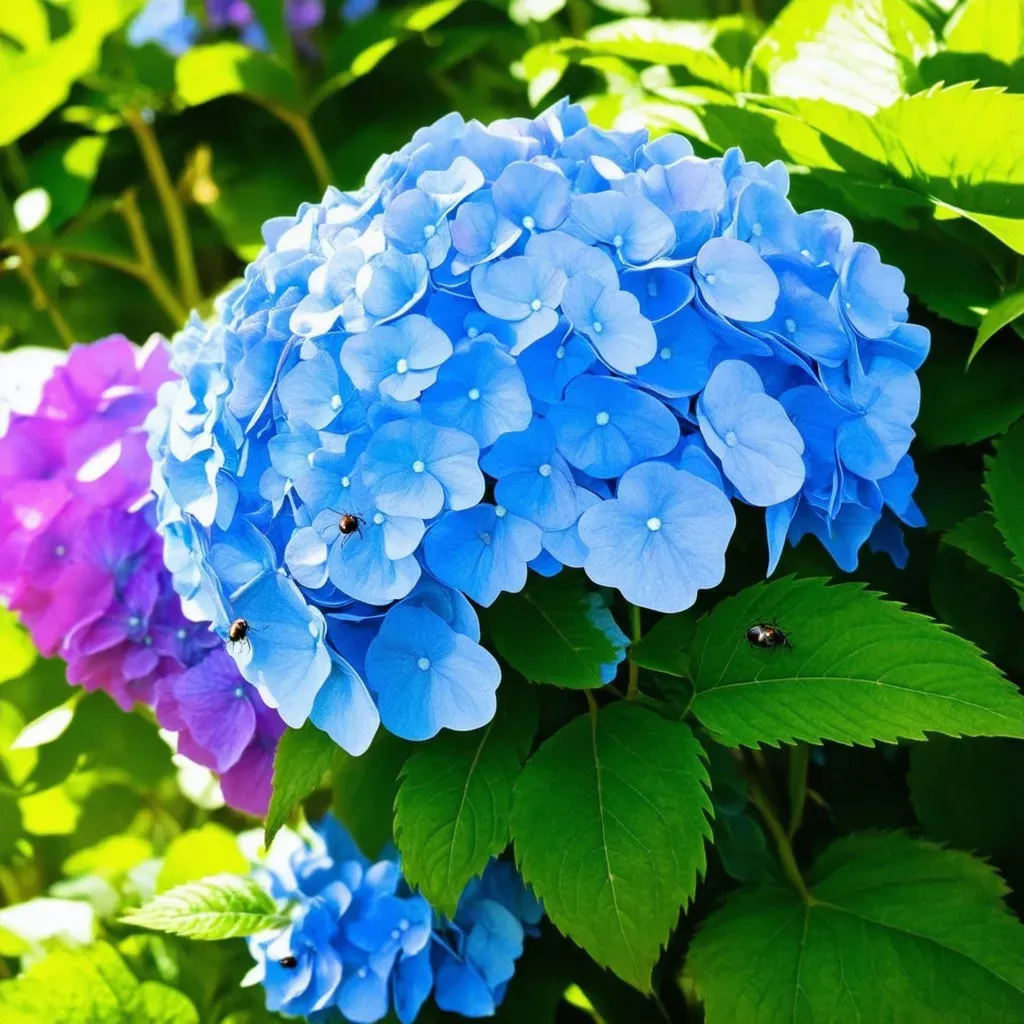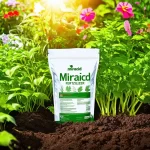Bugs on hydrangea leaves can wreak havoc on your beautiful blooms. These pests not only detract from the plant’s visual appeal but can also weaken it significantly, making your hydrangeas susceptible to disease and stress.
Many hydrangea owners find themselves asking, "What is eating my hydrangea leaves?" Knowing the answers and taking proactive steps can protect your plants from severe damage. This article will delve deep into the various bugs on hydrangeas, how to identify them, and effective treatment solutions.
Common Bugs on Hydrangea Leaves
Hydrangeas are beloved flowers, but they can attract a variety of pests that can cause extensive damage if not addressed promptly. Here are the most common bug types that affect hydrangea leaves:
| Bug Type | Description | Damage Caused |
|---|---|---|
| Aphids | Tiny, soft-bodied insects, typically green or black. | Suck sap from leaves, causing yellowing and wilting. |
| Spider Mites | Very small, almost invisible; create fine webs. | Cause leaf discoloration and can lead to premature leaf drop. |
| Whiteflies | Small, winged insects that gather on the undersides of leaves. | Suck sap and excrete honeydew, which can lead to sooty mold. |
| Japanese Beetles | Metallic-green beetles that munch leaves. | Create holes in leaves, impacting overall plant health. |
| Hydrangea Mites | Tiny spider-like pests that affect leaf quality. | Can cause leaves to become distorted and unhealthy. |
| Scale Insects | Small, immobile insects that attach themselves to branches and leaves. | Weaken the plant by sucking out sap, leading to stunted growth. |

Understanding the appearance and effects of these pests is the first step to safeguarding your hydrangeas.
Identifying Symptoms of Infestations
You may have bugs on your hydrangeas if you notice specific symptoms:
-
Holes in the Leaves: If you find holes or ragged edges in the leaves, it’s often caused by beetles or caterpillars nibbling through.
-
Yellowing Leaves: Yellowing can denote aphid presence, as they suck the sap and leave the leaves dehydrated.
-
Fine Webbing: If fine webs are noticeable, spider mites are likely present.
-
Sticky Residue: Honeydew from aphids or whiteflies can lead to a sticky film on the leaves, increasing the risk of sooty mold.
Effective Treatment Solutions
Once you’ve identified the type of pest affecting your hydrangeas, it’s crucial to implement appropriate treatments. The following table outlines methods for different pests:
| Pest Type | Treatment Method | Notes |
|---|---|---|
| Aphids | Insecticidal soap or neem oil | Apply every 7 to 10 days until clear. |
| Spider Mites | Horticultural oil or insecticidal soap | Increase humidity to deter mites. |
| Whiteflies | Use sticky traps and insecticidal soap | Can also use natural enemies like ladybugs. |
| Japanese Beetles | Handpicking or trapping methods | Best to remove them when you see them. |
| Hydrangea Mites | Insecticidal soap and regular leaf cleaning | Regular inspections can prevent severe damage. |
| Scale Insects | Horticultural oil or system insecticides | Requires persistent treatment for control. |
Caution: Chemical Treatments
When selecting pesticides, always choose products labeled safe for use on flowers, specifically those designed for hydrangeas. Consider organic options like insecticidal soap or neem oil to minimize environmental impact.
DIY Natural Remedies
For a more environmentally friendly approach, here are some DIY remedies that can help treat hydrangeas infested with bugs:
- Garlic Spray: Blend garlic cloves with water and let it steep overnight. Strain and spray on affected plants.
- Soap and Water: Mix a few drops of mild liquid soap with water and spray on bugs directly, ensuring thorough coverage.
- Essential Oils: Some oils, such as peppermint and citrus, can repel pests. Mix with water and spray on plants.

Quick-Fix Suggestions
- Regular Maintenance: Regularly inspect your plants for signs of pests and disease. Early detection can save you a lot of trouble later.
- Healthy Practices: Fertilize your hydrangeas appropriately, as healthy plants are less prone to pest infestation.
- Companion Planting: Planting strong aromatic plants nearby can deter pests. Consider adding marigolds, for example.
FAQs
What causes holes in hydrangea leaves?
Holes in hydrangea leaves are typically caused by pests such as Japanese beetles or caterpillars. These insects munch on the foliage, leading to visible holes.
How do I know if my hydrangea has aphids?
If you notice yellowing leaves, sticky residue on the leaves (honeydew), or small green/black bugs underneath the leaves, your hydrangea may have aphids.
Can I use vinegar to kill bugs on hydrangeas?
Vinegar is not optimal for treating delicate plants like hydrangeas, as it can damage leaves. Instead, utilize insecticidal soap or neem oil for a safer approach.
Should I worry about bugs on my hydrangeas?
While occasional pests might not cause severe damage, an infestation can lead to weakened plants and potential death. Regular monitoring is essential to keep plants healthy.
Do hydrangeas attract ants?
Yes, hydrangeas can attract ants, particularly if aphids are present, since ants farm aphids for the honeydew they produce. This might indicate underlying aphid problems.
In summary, being proactive about the health of your hydrangeas through early detection and treatments can ensure that your plants continue to thrive. Regular inspections and the correct pest control methods will keep your hydrangeas healthy and beautiful.

For more detailed information on hydrangea pests and diseases, consider visiting Plant Index.

